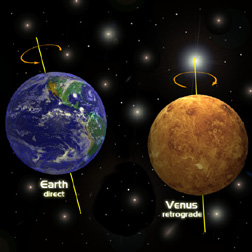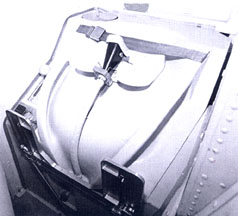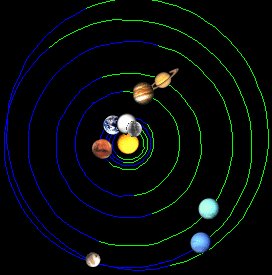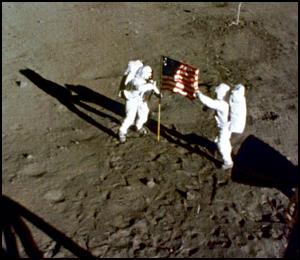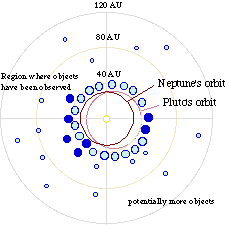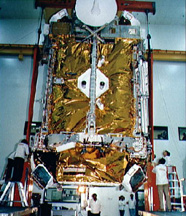Does Mars have a core like the Earth? What are the similarities structurally between the Earth and Mars?

Unfortunately, very little information is available about the interior (core) of Mars. It is
estimated that Mars' core
is between 2200-4000 km (1400-2500 miles) across and could account for
6-21% of its mass. It is thought to consist mostly of iron, but it
is not known if the core is solid or liquid.
Earth's core is
approximately 7000 km (4350 miles) across and accounts
for 32% of Earth's mass. The Earth's core contains both iron and nickel
and has both solid and liquid parts. The very center of the core is
solid because of the enormous pressure from the weight of the Earth's
surface. Just outside the solid part, the rest of the core is liquid
because the temperature is so hot it melts the iron!
Mars is more like Earth than any of the other planets even though there
are some big differences. Mars is about half the size of Earth, and only
about 1/10th its weight. Mars also has seasons like Earth, but it's a
whole lot colder there even during the summer. Mars also has volcanoes
and mountains like Earth, but Mars' are much larger. In fact, Mars is
home to the biggest mountain in the entire solar sytem. Olympus
Mons stands more than 16 miles (26 km) high and is over 375 miles (600
km) across. That's at least 3 times bigger than Mount Everest, the
tallest mountain on Earth!
Submitted by Brian (Arizona, USA)
(September 8, 1997)





